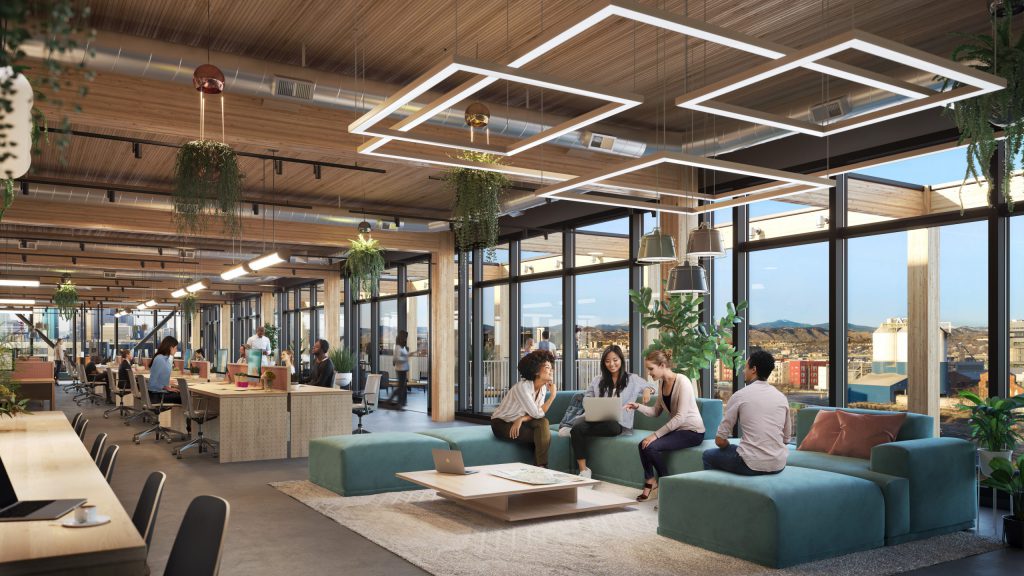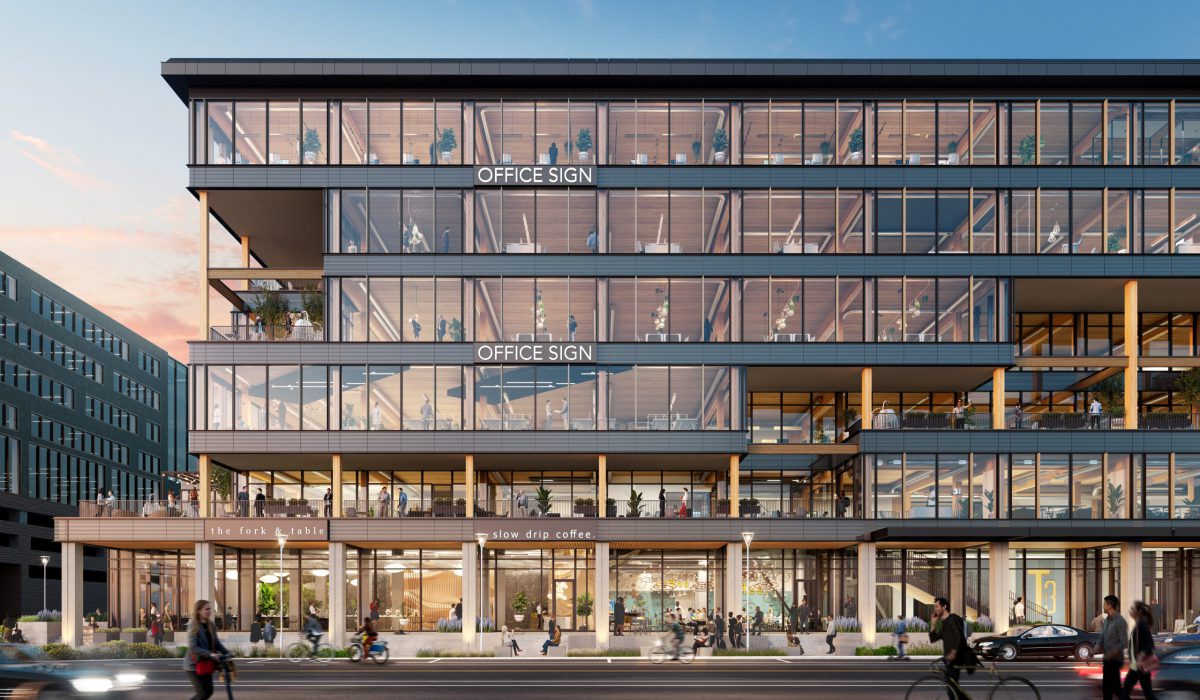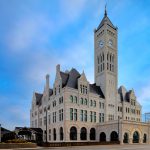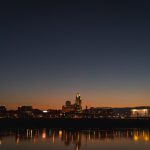Sustaining the Future: T3 RiNo Office Complex
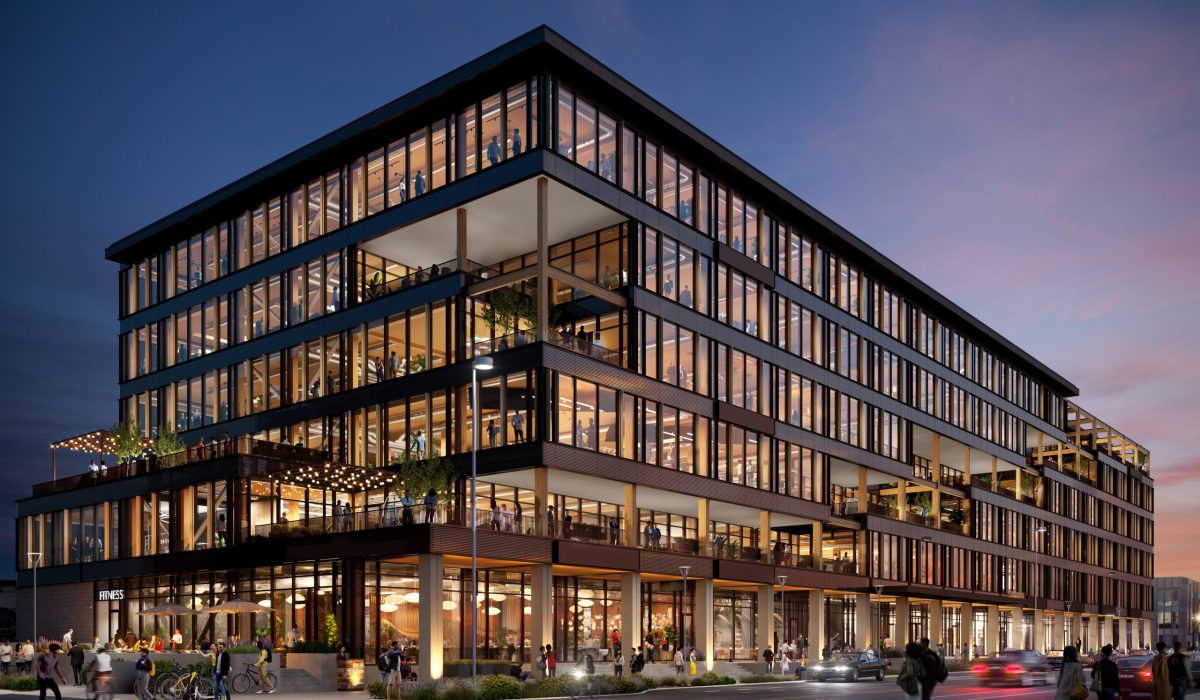
The RiNo art district, located in the heart of downtown Denver, is the creative hub of Colorado’s sprawling metropolis and a powder keg of dynamic growth. Creatives, designers, and other artisans are experiencing a dire need for a proper structure that channels their creativity and collaboration while upholding the neighborhood’s commitment to sustainable urban development practices. With so many emerging artists, photographers, artisans, and designers needing a space to create, a comprehensive effort was put forward to supplement these creators with the perfect space. T3 RiNo Office Complex answers the call with 238,726-square-feet of sustainable office space and one of the city’s first-ever heavy-timber structured designed “live and work” areas.
T3, which stands for timber, transit, and technology, is no flashy gimmick. All the load-bearing components within the building, slated to finish construction by the Fall of 2023, are made with ethically-harvested timber beams erecting the six-story office building. T3 comprises a combination of black spruce glulam columns and beans and is spanned with cross-laminated timber (CLT) panels. Over 1,600 wooden columns will call T3 home. Constructing with timber and spruce saves the atmosphere from nearly 1,540 tons worth of carbon emissions that would have been produced with a traditional structure of equal size.
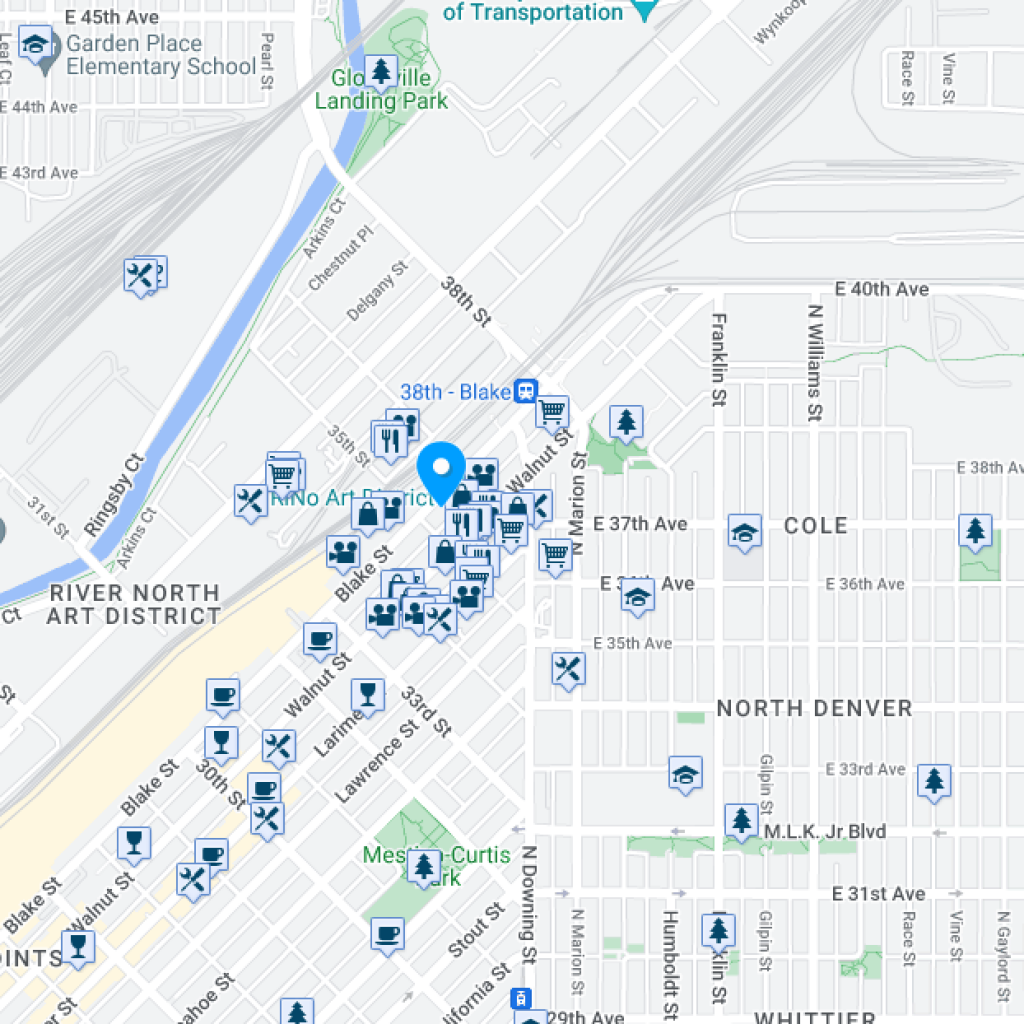
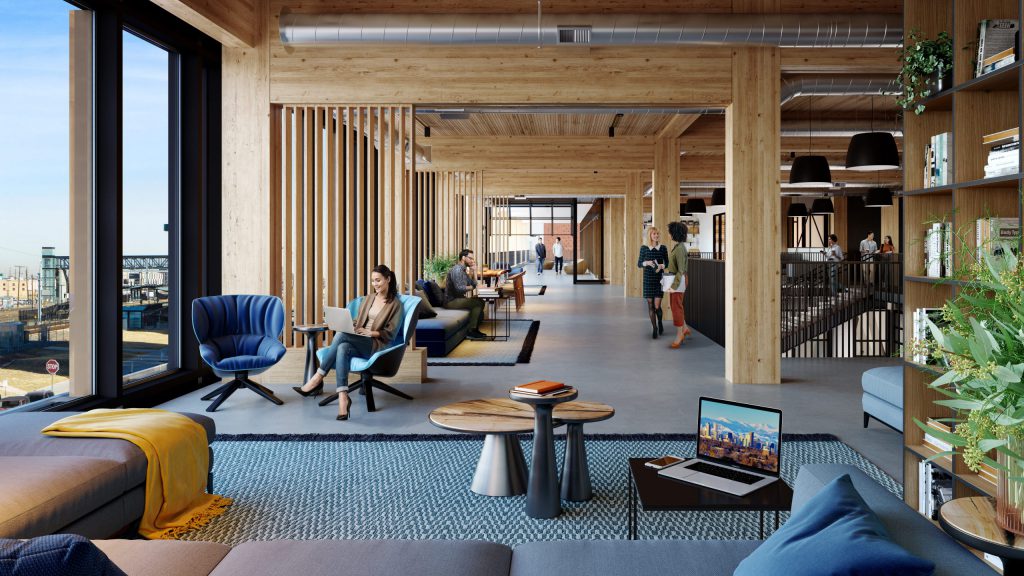
The other core tenants of T3, technology and transit, are key differentiators in the Denver commercial office space market. T3 is conveniently located next to the Union Station rail line and the 101 light rail D-line. It has a walk score of 96/100 and a biker score of 98/100, according to WalkScore.com. T3 also boasts a design that has earned a WiredScore Platinum level of certification. It will support robust internet connectivity options supplemented with sturdy telecommunications infrastructure—perfect for trendy creatives to collaborate with one another.
A space built with lumber instead of concrete and steel presented many unique challenges to our tenant improvement team. The owner’s vision for the area is to keep as many of the wooden components visible to the eye as possible.
“Mass timber construction requires a substantial amount of coordination with our structural engineering partners.” Explained Sam Anderson, P.E., a key mechanical engineer involved in the project. “Wood beam and column depths are much larger than their steel counterparts. The increased size of these members limited our possible paths for ductwork, conduits, cable trays, plumbing, and fire protection piping.”
Brian Hadfield (P.E., F.P.E., LEED AP, WELL AP) Alvine Engineering Principal and the lead mechanical engineer for the T3 project, offered similar sentiments. Brian’s oversight of the project was integral in order to maintain the building’s WELL and LEED certifications.
“The level of quality has to be different,” Brian explained. “With a building like this, you’re trying to show off the timber and, in turn, you also end up showing a lot of the MEP components.”
Keeping HVAC ductwork, water pipes, and electrical components tucked away by large timber beams spanning each floor’s ceiling helps the building reach its peak potential while maintaining the sophisticated, open environment that makes the space marketable. Alvine Engineering’s experience in other T3 buildings across the country gave us invaluable insight into properly charting and designing effective layouts that balance both aesthetics and function. Proven experience in this emerging market sector will be vital as more and more developers look to create more carbon-friendly built environments.
